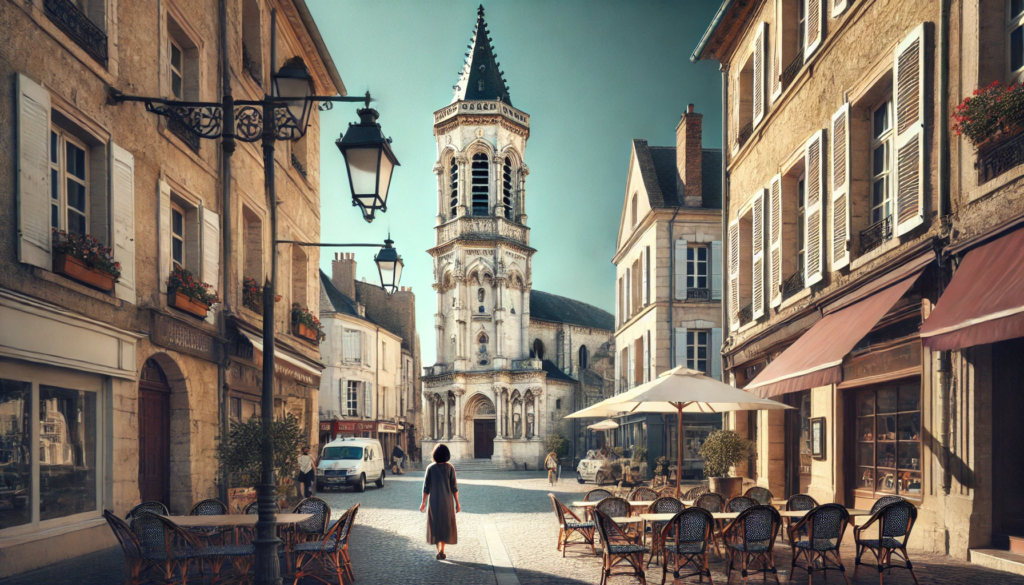ChatGPT:
Cognac, France is a historic town in the Charente department of southwestern France, internationally renowned for its production of Cognac brandy. It combines rich history, cultural heritage, and a picturesque setting along the Charente River.
Origin and Early History
• The area has been inhabited since prehistoric times, but it began to gain significance during the Roman era as a trading center.
• During the medieval period, Cognac prospered as a hub for salt trade, which was vital for preserving food.
• By the 12th century, Cognac had established itself as an important river port, facilitating trade along the Charente River.
Geography
• Location: Cognac lies about 120 kilometers north of Bordeaux and 400 kilometers southwest of Paris.
• Natural Features: The town is situated on the banks of the Charente River, which played a key role in its economic development by enabling transportation of goods.
• Climate: It enjoys a temperate maritime climate, ideal for vineyards and wine production.
Development and the Rise of Cognac Brandy
• Wine Production: Vineyards were planted as early as Roman times, but by the 16th century, the region began focusing on distilling wine into brandy to make it more stable for export.
• Distillation: Dutch merchants, seeking ways to preserve wine for long sea voyages, introduced double distillation techniques, leading to the creation of Cognac as a distilled spirit.
• 17th–18th Century: Cognac’s reputation as a high-quality brandy grew, and merchant houses such as Martell (1715) and Hennessy (1765) were established, becoming global leaders in the industry.
• 19th Century: Improvements in transportation, including railways and shipping routes, boosted exports, making Cognac a symbol of luxury worldwide.
Modern Era and Economy
• Cognac Industry: Today, the town is synonymous with the production of Cognac brandy, which is protected under the Appellation d’Origine Contrôlée (AOC), specifying strict rules for production.
• Tourism: Cognac attracts visitors for its vineyard tours, distillery visits, and annual events such as the Cognac Blues Passions Festival.
• Local Economy: In addition to spirits, Cognac supports industries like glassmaking, barrel crafting, and luxury goods.
Cultural Heritage
• Architecture: Cognac features well-preserved medieval buildings, including the Château de Cognac, once home to King Francis I (1494–1547).
• Museums: The Musée des Arts du Cognac showcases the history and production of the famed spirit.
• Festivals: Events celebrate both its cultural and viticultural heritage, enhancing its reputation as a destination for luxury and history enthusiasts.
Cognac continues to thrive as a center of tradition, blending its rich past with modern innovation, making it a global symbol of French elegance and craftsmanship.
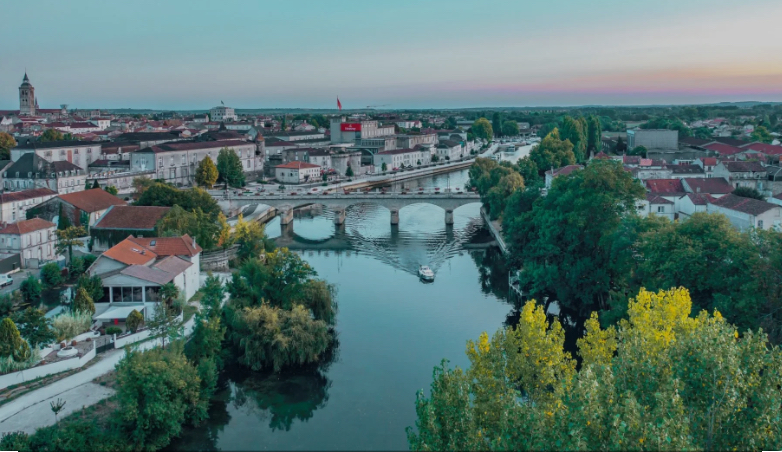
Historical Monuments
1. Château de Cognac
• Birthplace of King Francis I (1494).
• Now home to the Baron Otard Cognac House, offering tours that combine history with brandy-making.
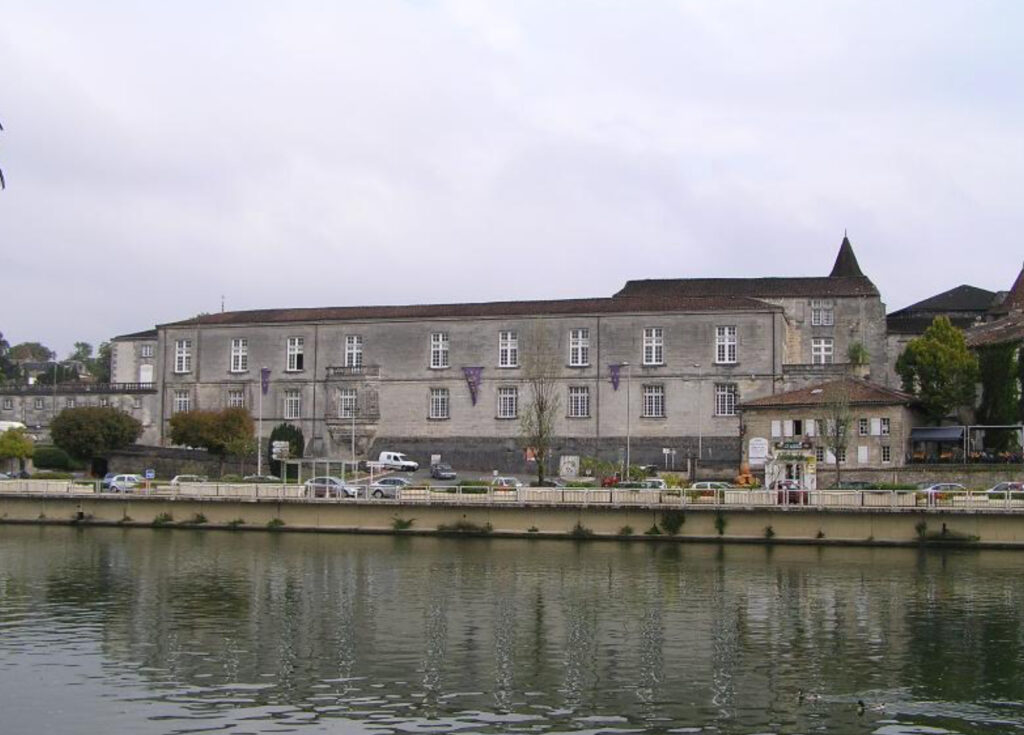
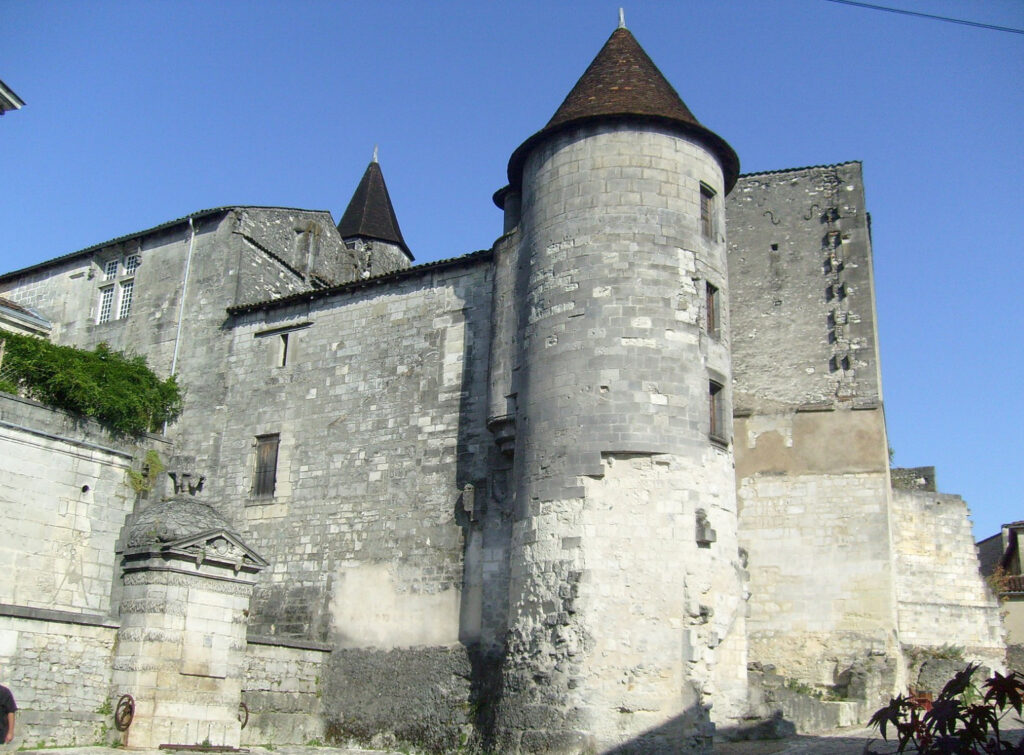
2. Saint-Léger Church
• A Romanesque-Gothic church dating back to the 12th century.
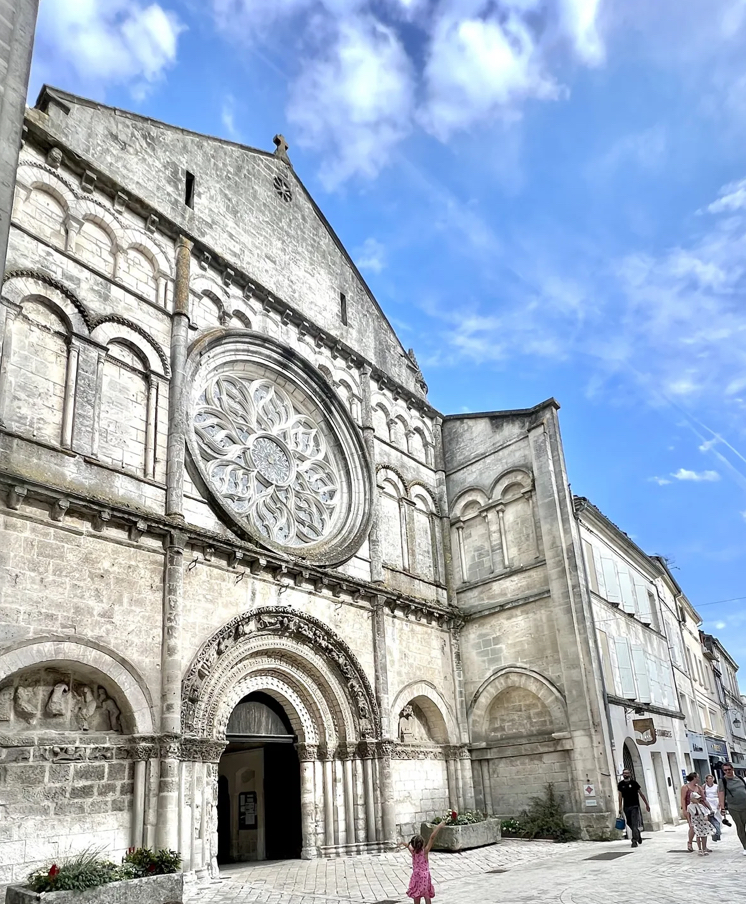
3. Château Pellisson
• A historic building with elegant architecture, now used as a conference center.
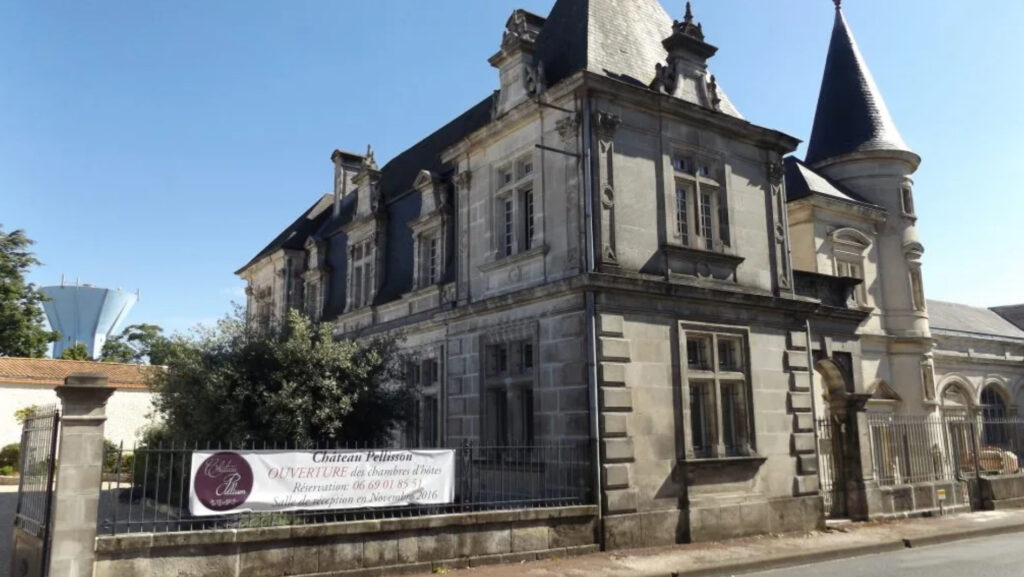
4. Tour Saint-Jacques (Saint-Jacques Tower)
• The last remnant of a medieval church destroyed in the 19th century.
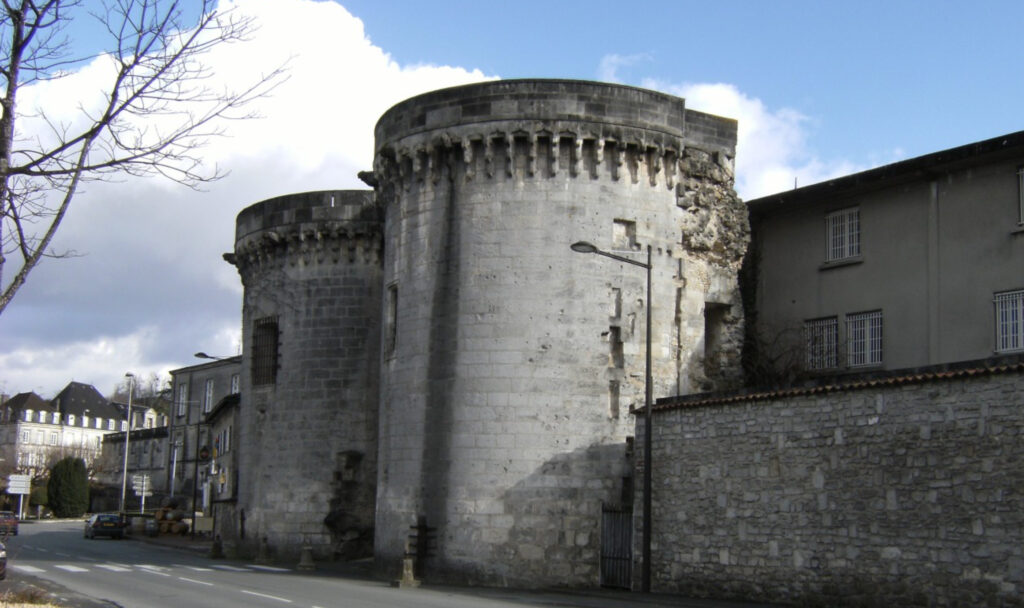
5. Hôtel de Ville (Town Hall)
• Formerly a 16th-century mansion, now housing the town’s administrative offices.
• Surrounded by beautiful gardens.
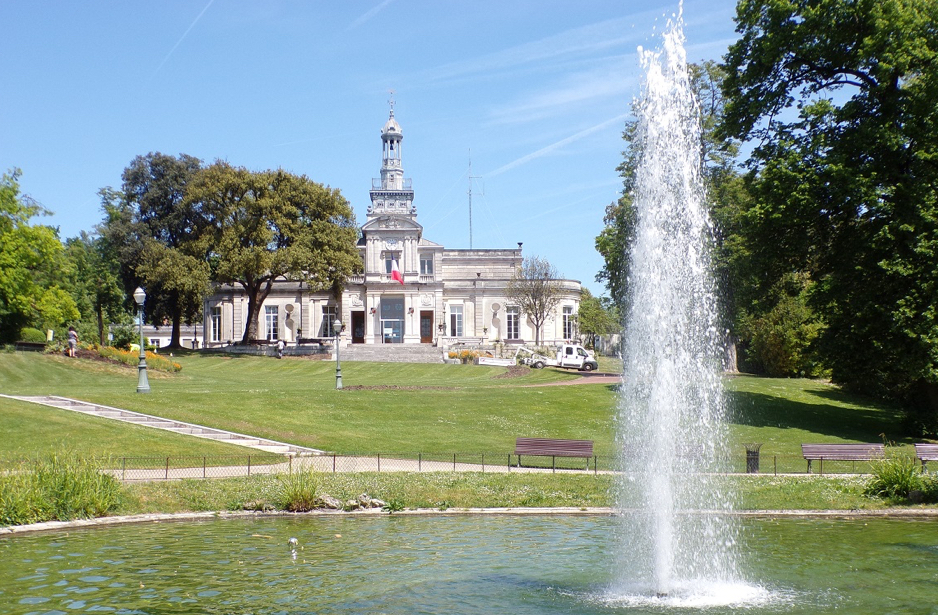
Museums and Cultural Attractions
6. Musée des Arts du Cognac
• Explores the history of Cognac production and the region’s cultural heritage.
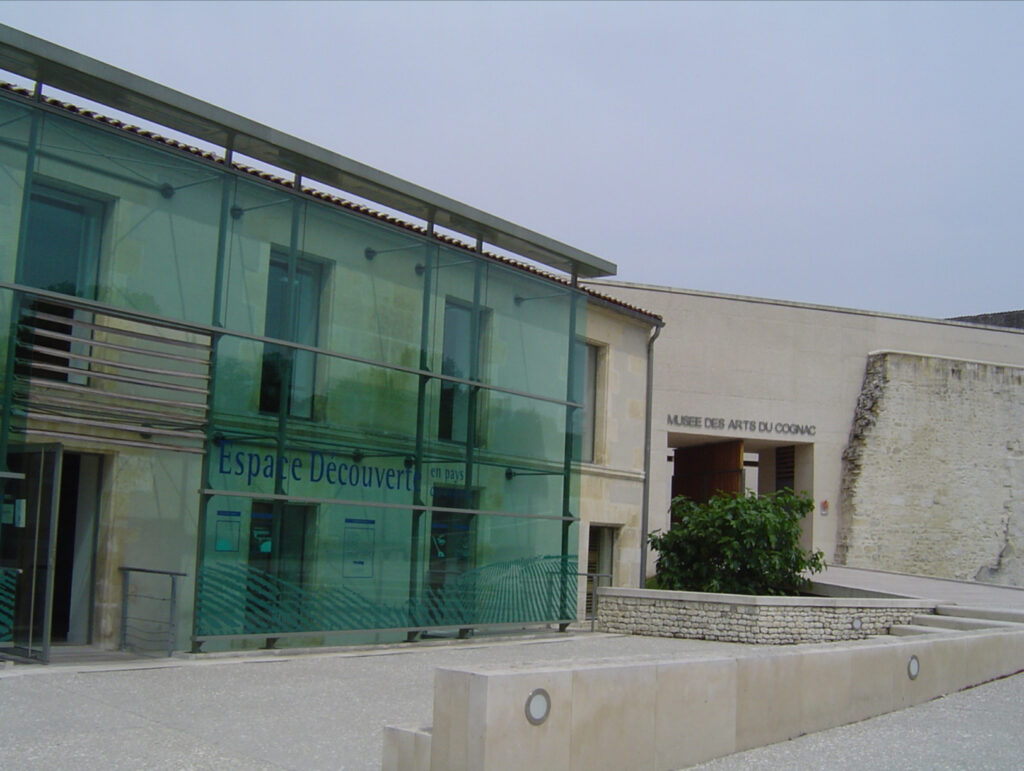
7. Espace Découverte en Pays du Cognac
• A modern interactive museum about Cognac’s winemaking process, ideal for families.
8. Musée d’Art et d’Histoire
• Focuses on the art and history of the region, including archaeological finds and paintings.
Cognac Houses and Distilleries
9. Hennessy Maison
• One of the world’s most famous Cognac brands.
• Offers tours and tastings, including river crossings to its cellars.
10. Martell Cognac House
• The oldest Cognac house, founded in 1715.
• Provides insights into Cognac production and includes tastings.
11. Rémy Martin Estate
• Known for luxury Cognacs and exclusive tours.
• Includes visits to vineyards and private cellars.
12. Camus Cognac
• Offers tailored experiences, such as blending your own Cognac.
Scenic and Outdoor Attractions
13. The Charente River
• Ideal for boat cruises or scenic riverside walks.
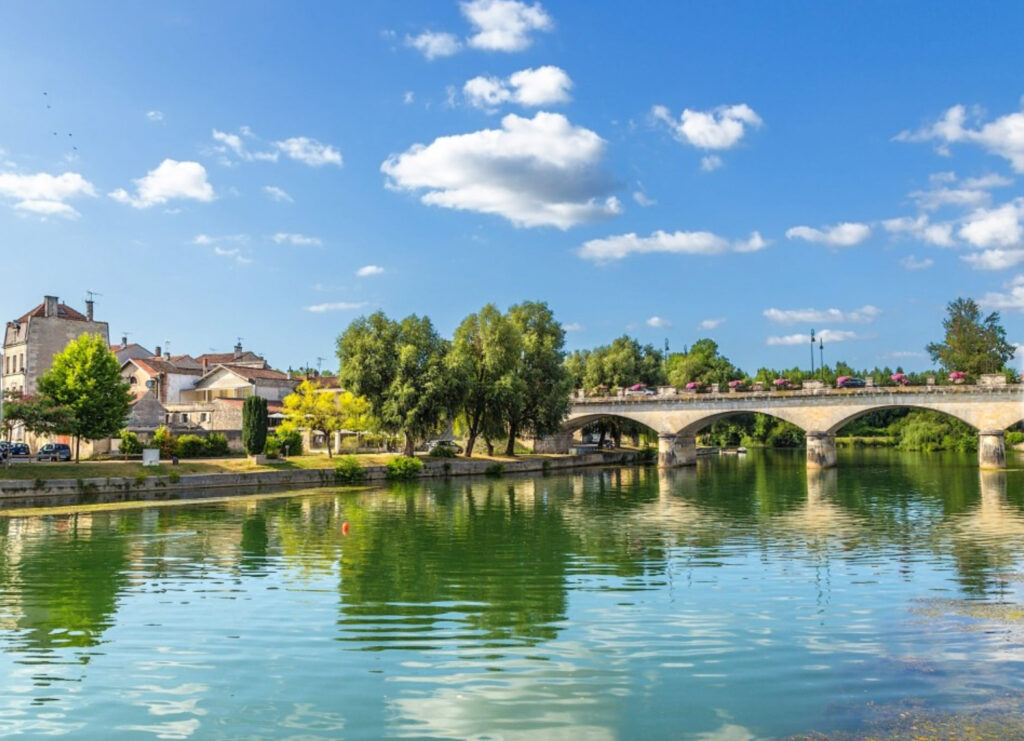
14. Jardin Public (Public Garden)
• A beautifully landscaped 19th-century park with fountains and walking paths.
• Perfect for relaxing after exploring the town.
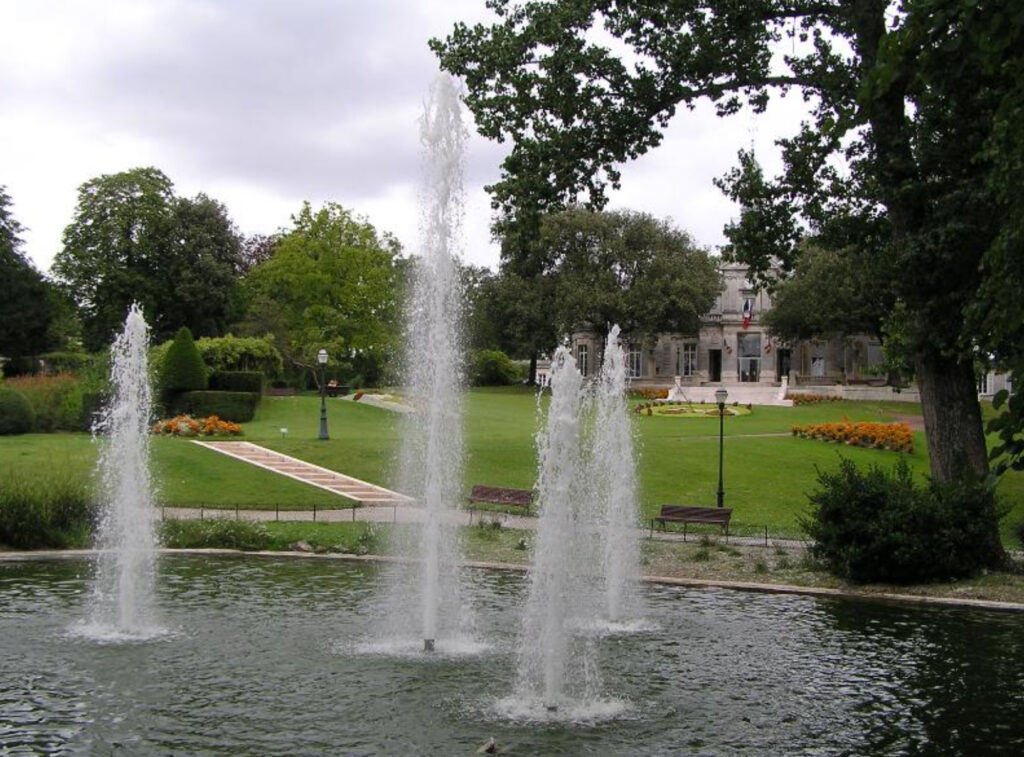
Nearby Attractions
15. Jarnac (10 km)
• Birthplace of François Mitterrand, former President of France.
• Home to Courvoisier Cognac House and a museum about Mitterrand.
16. Saintes (30 km)
• Features Roman ruins, including an amphitheater and ancient baths.
17. Angoulême (40 km)
• Known for comic book art and the International Comics Festival.
This mix of historic landmarks, Cognac distilleries, and natural attractions makes Cognac a fascinating destination for culture, history, and luxury experiences.
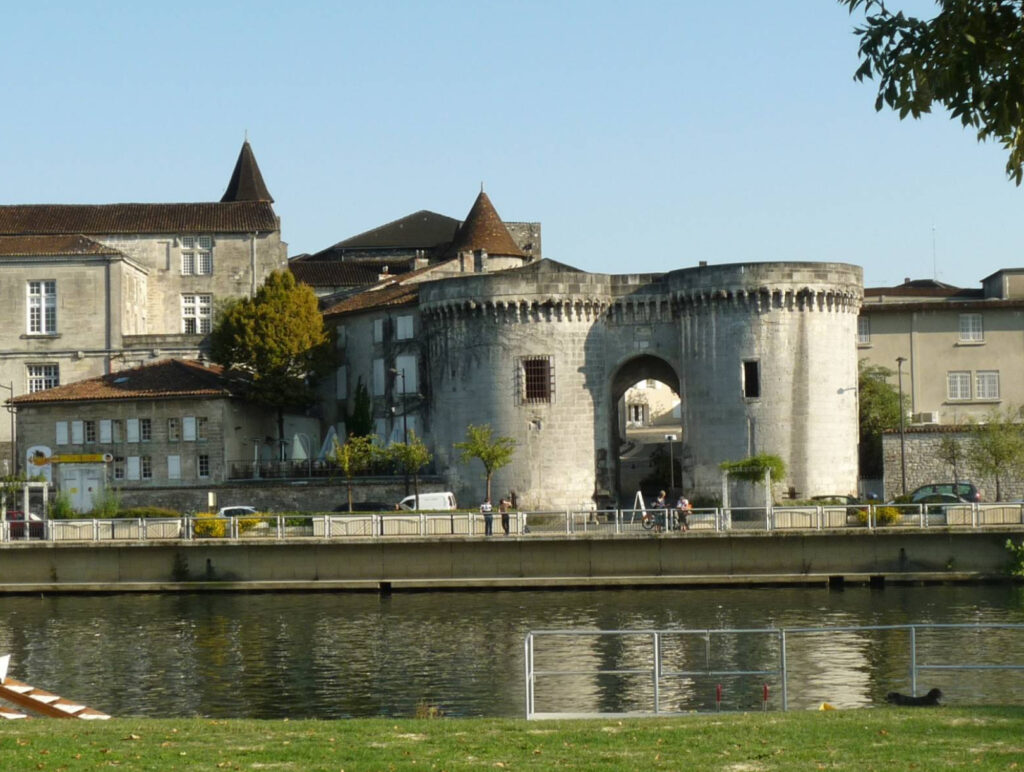
Cognac brandy is in its own category due to its strict production methods, geographical origin, and quality standards. Here are the key reasons:
1. Protected Designation of Origin (AOC)
• Cognac is protected by the Appellation d’Origine Contrôlée (AOC), a French regulation that governs its production area, grape varieties, and distillation process.
• It can only be produced in the Cognac region in southwestern France, divided into six growth areas (Crus):
1. Grande Champagne (highest quality).
2. Petite Champagne.
3. Borderies.
4. Fins Bois.
5. Bons Bois.
6. Bois Ordinaires.
2. Specific Grape Varieties
• Cognac is made primarily from Ugni Blanc grapes (about 98%), known for their high acidity and low sugar content, ideal for distillation.
• Other permitted grapes include Folle Blanche and Colombard.
3. Double Distillation Process
• Cognac undergoes double distillation in copper pot stills (called alambics charentais).
• The process concentrates flavors, resulting in a smoother and more refined spirit compared to single-distilled brandies.
4. Aging in Oak Barrels
• Cognac must be aged in French oak barrels (from Limousin or Tronçais forests) for a minimum of 2 years.
• The oak imparts vanilla, spice, and woody notes, enhancing complexity.
• It continues to mature in barrels, improving its character, unlike many other spirits.
5. Grading and Classification
• Cognac has a unique classification system based on aging:
• VS (Very Special) – Aged at least 2 years.
• VSOP (Very Superior Old Pale) – Aged at least 4 years.
• XO (Extra Old) – Aged at least 10 years.
• Hors d’Âge – Often aged far beyond XO, denoting exceptional quality.
6. Terroir and Geographic Influence
• Cognac’s flavor is shaped by its terroir—the climate, soil, and location of the vineyards.
• Each Cru contributes unique characteristics, from floral and fruity notes to richer, spicier profiles.
7. Luxury Status and Craftsmanship
• Cognac is associated with luxury, often packaged in ornate bottles and marketed as a premium spirit.
• It is highly regarded for its artisanal craftsmanship, requiring skillful blending by master blenders (Maîtres de Chai).
8. International Reputation
• Cognac is a global symbol of French elegance and heritage, often served in fine dining and used in cocktails or as a standalone drink.
• Leading brands like Hennessy, Rémy Martin, and Martell have solidified its reputation as a prestige product.
9. Versatility in Flavor Profiles
• Due to its aging and blending, Cognac offers a wide range of flavors, from fruity and floral to spicy and woody, appealing to varied tastes.
These factors make Cognac distinct from other brandies, elevating it into a category of its own as both a luxury item and a cultural heritage product.
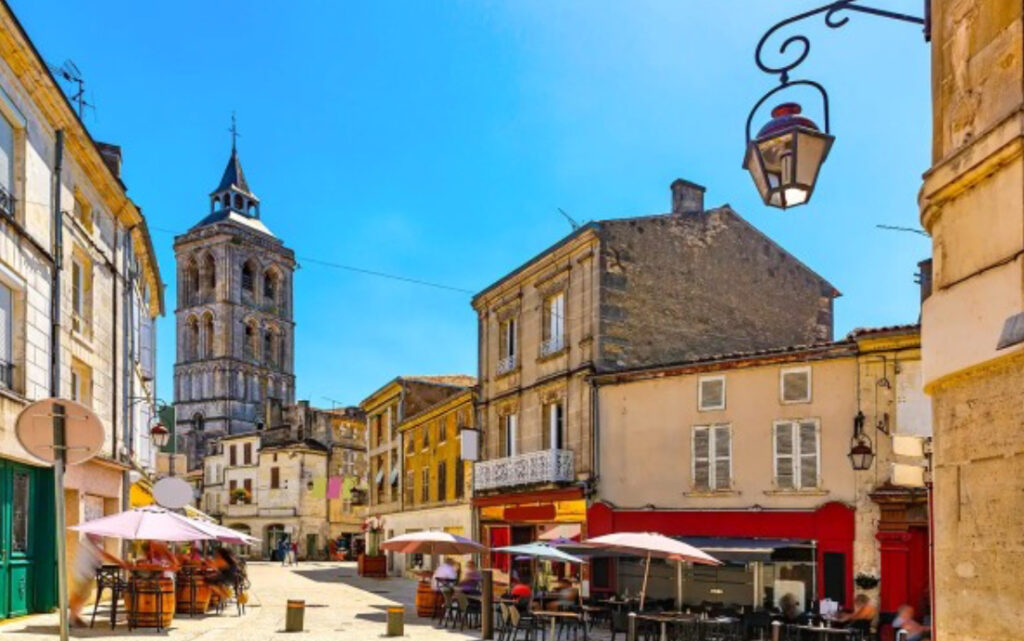
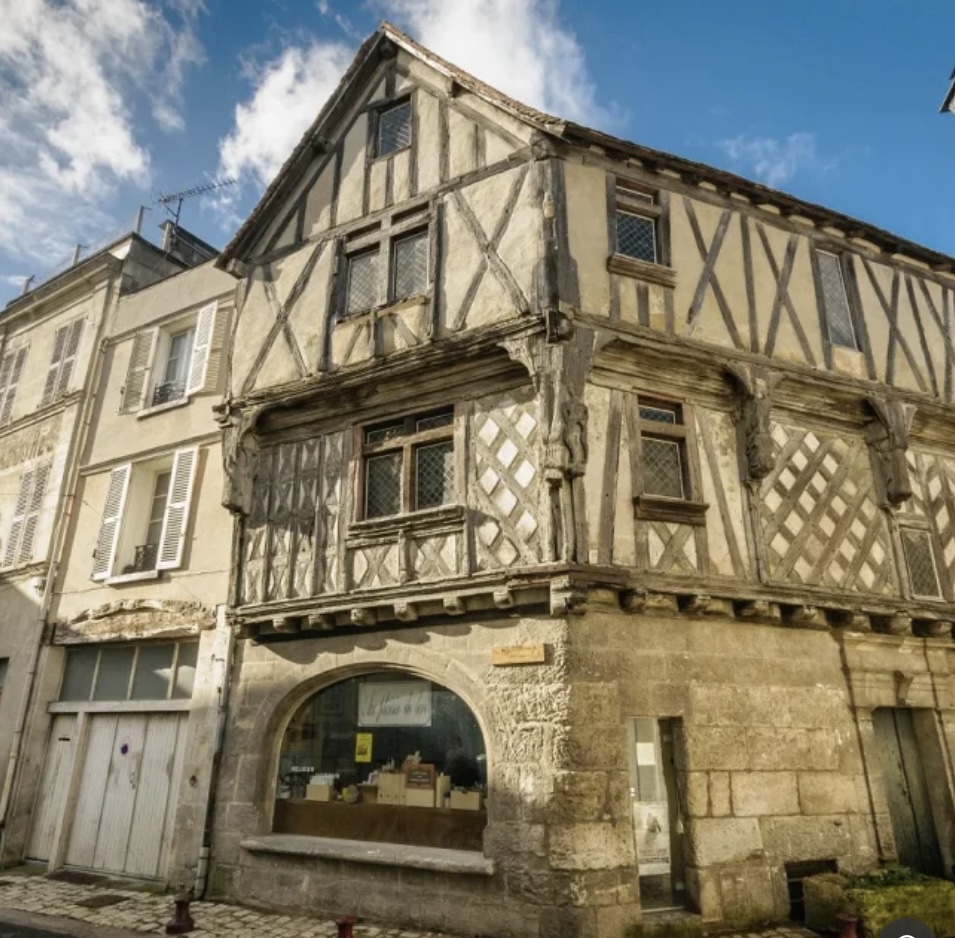
One-Day Itinerary for Visiting Cognac, France
This itinerary highlights major sites in Cognac and incorporates local food specialties, balancing history, culture, and gastronomy.
Morning: Historical Landmarks and Heritage
9:00 AM – Château de Cognac (Baron Otard Cognac House)
• Start your day at the Château de Cognac, the birthplace of King Francis I.
• Explore the historic castle and learn about its transformation into the Baron Otard Cognac House.
• Take a guided tour that combines history and Cognac tasting.
10:30 AM – Saint-Léger Church
• Walk to Saint-Léger Church, a 12th-century Romanesque-Gothic church with stunning architecture.
• Admire the medieval details and quiet atmosphere.
11:00 AM – Musée des Arts du Cognac
• Visit this interactive museum to learn about the history of Cognac production.
• Discover traditional tools, techniques, and advertising materials used in the trade.
Lunch: Local Gastronomy
12:30 PM – Lunch at La Courtine
• Enjoy lunch at La Courtine, a restaurant overlooking the Charente River.
• Order Grilled Eel (Anguilles grillées) or Pineau des Charentes-glazed duck—local specialties.
• Pair your meal with a Pineau des Charentes aperitif, a regional fortified wine.
Afternoon: Distillery Experience and Nature
2:00 PM – Hennessy Maison Tour
• Cross the river for a tour of Hennessy Maison, one of the most famous Cognac producers.
• Experience the barrel-aging cellars and learn about blending and tasting techniques.
• Enjoy a guided Cognac tasting session.
4:00 PM – Riverside Walk along the Charente River
• Take a relaxing walk along the Charente River, soaking in the views and charm of the town.
• Stop for coffee or dessert at a riverside café. Try a Cognac-infused crème brûlée or Tarte Charentaise.
Evening: Relaxed Dining Experience
6:30 PM – Dinner at Le Coq d’Or
• End your day at Le Coq d’Or, a classic French bistro in the Old Town.
• Order Escargots à la Charentaise (snails in garlic butter) and a Charentais beef stew.
• Finish with a Cognac digestif paired with local chocolates.
Optional Evening Activity
8:00 PM – Cognac Tasting Bar
• If time allows, visit a Cognac bar like Bar Luciole for a cocktail tasting or Cognac flight, learning about modern uses of this classic spirit.
This itinerary blends historical exploration, Cognac tastings, and local gastronomy, offering a well-rounded experience of the town’s heritage and flavors.
